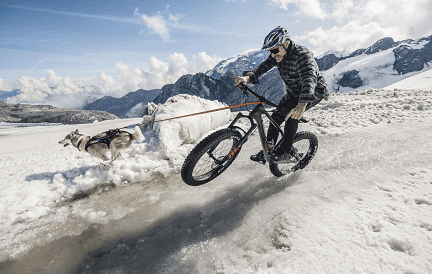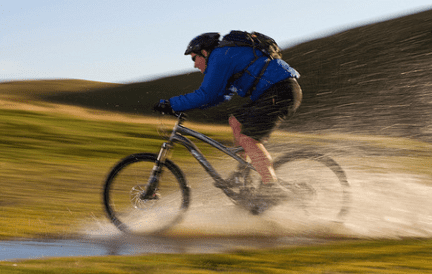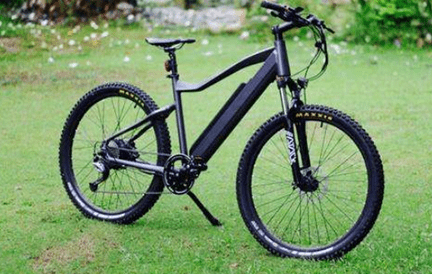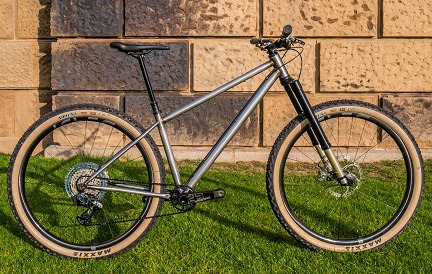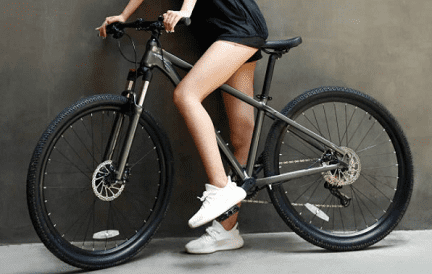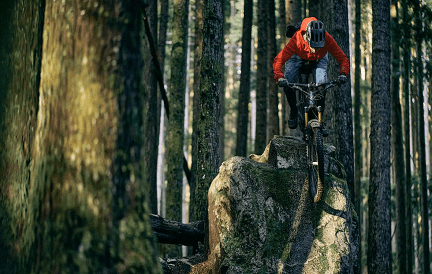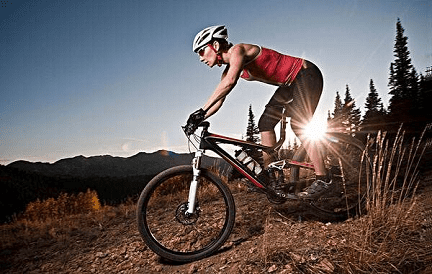Versatile enduro mtb helmet combine the protection of a full face helmet with the breathability of an open-face lid to give you the best of both worlds on the trail. It’s like having two helmets for the price of one. For riding fast on tricky, DH-graded terrain, the best enduro helmets provide superb ventilation & high levels of protection while a full-face provides more protection on the downhills. You wouldn’t want to wear one on the uphills. So, ride uphill in open face mode first. And then clip on the detachable chin bar to protect yourself as gravity takes control. Comfort is essential for long and difficult hikes on the terrain. This could be due to a variety of factors that you should consider when purchasing your helmet. The mass is the most evident to check among them.
- Part 1: Introduction to Enduro MTB Helmet
- Part 2: Significance of Enduro MTB Helmets
- Part 3: Best Helmets for Enduro Riding
- Part 4: Conclusion
Part 1: Introduction to Enduro MTB Helmet
That is true for an open-face but even more so for a convertible or full-face for Enduro. As it is their main advantage over a full-face designed for Downhill. It’s important to keep an eye on the ventilation. There’s no need to count the vents. Instead, focus on the internal air channeling and exhaust ports, which will provide a consistent airflow inside the helmet.
Finally, look at the retention system a 360 degree belt with micrometric adjustability will provide the most comfort by eliminating pressure areas on your head. This is standard on all MET & Bluegrass helmets. Enduro mtb helmets are available at various pricing points. Our whole Enduro and All Mountain helmets in the MET and Bluegrass series have the same DNA: increased coverage, flexible visor, and 360° adjustment. Up the line, you’ll find more advanced features (MIPS, adjustable visors, etc.).
Part 2: Significance of Enduro MTB Helmets
If you are using your helmets frequently for example, a model with poly-carbonate covering the entire EPS shell would be a significant improvement in terms of endurance. Finally pay attention to the policy of crash replacement. In the event of a fall, you will receive discounts on your new helmet as we do on all of our products.
When it comes to mountain riding and e-mountain biking helmets, coverage is crucial. Pay special attention to the covering at the temples and behind the ears. The lightest enduro helmets shell should be positioned low enough to provide protection to such areas. Check that the shell doesn’t get in the way of your neck when you raise your head. Like you would on a very steep trail.
MET and Bluegrass helmets feature wider coverage while allowing on-the-fly retention adjustments to avoid bag and neck obstruction.
There will always be some element of compromises with anything that is trying to be 2 things in one. Convertible enduro helmets are often a touch heavier in open-face form than conventional trail helmets. Since they require additional structural parts to securely convert to a full-face helmet.
Finally, keep in mind that you must carry the chin bar. While the helmet for enduro riding is not in full-face mode. As always, we’ve considered all of these things into account in order to make your purchasing decision a little easier.
Part 3: Best Helmets for Enduro Riding
MIPS Bell Super DH
This is fantastic. In open-face mode, the Bell helmet fits snugly around the skull, ears, and temples. Bell’s Super DH features firm padding and feels like a downhill full face (albeit not as substantial as the Giro Switchblade). It’s DH-certified and has MIPS Spherical brain-protection technology, unlike the Super 3R adjustable lid. It feels good on your head. And the full-face design makes venting a breeze.
Despite being huge, the chin-bar is light and shallow enough to hook onto packs. Its best helmet for enduro riding, simple to attach to the open-face lid. The three locking straps produce a reassuringly positive snap when correctly closed. Because it’s a little fiddly. It’s recommended removing the Super DH from your forehead to place the chin bar.
Smith Mainline
It’s fantastic… Downhill-approved and flexible, Smith’s Mainline is expensive. A MIPS liner protects your head from angular impacts. It comes in 3 sizes with 3 pad sets for a secure fit. This isn’t good… It’s a bit heavy at 830g for a medium. But that doesn’t take away from the comfort.
MCR MET Parachute
It’s a fantastic best enduro helmet. MET was among the first firms to release a convertible helmet. But the new MCR Magnetic Chin bar Releasing mechanism) is a significant change from its earlier lids. Many will like the inclusion of a MIPS liner and a chunkier, easier-to-replace chin bar than the previous convertible variant. In open-face mode, the parachute vents well, provides ample coverage, and fits securely because of its Boa dial. Enduro MTB helmet features are developed for even rougher areas or more aggressive riding. Enduro helmets provide better rear-head protection than xc helmets.

Part 4: Conclusion
Is an enduro helmet a must-have accessory? A full face helmet is suggested & occasionally required when riding hazardous terrain at high speeds. A full-face downhill mtb helmet will be too hot without shuttles or lifts (opportunities to remove your helmet).

